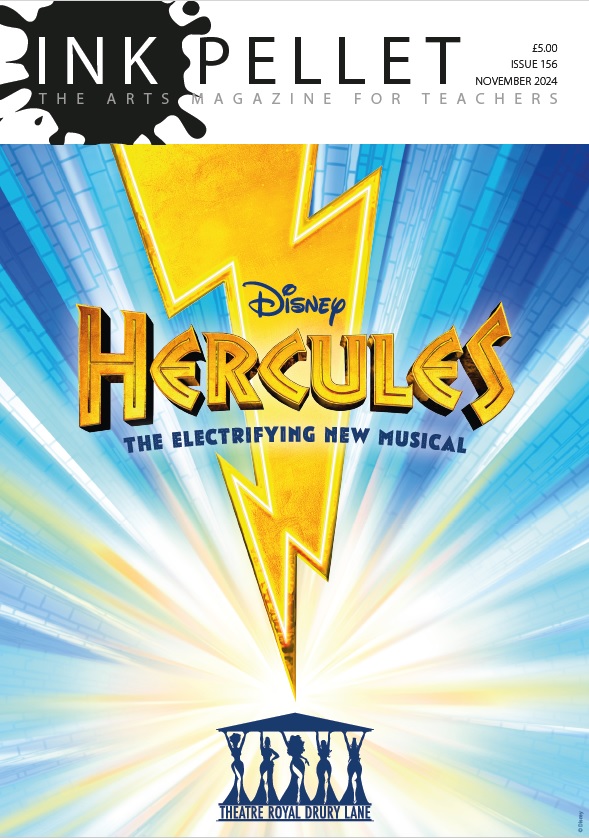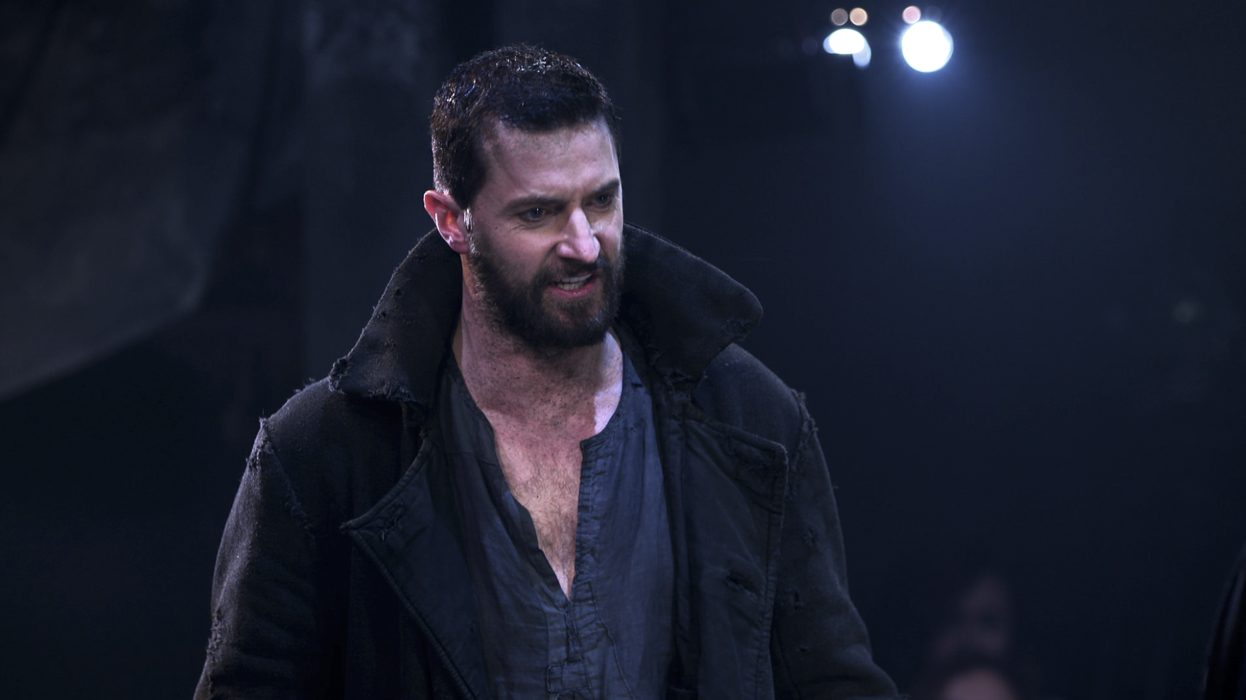In our most recent installment from Digital Theatre+, leading education platform for English and the Performing Arts, we asked Alesha Tatum-Howe, Chair of the Fine Arts Department at Wakeland High School in Texas, to take us through her ideal playlist on DT+. The result is an indispensable guide for drama teachers looking for resources to help them teach physical theatre.
Physical theatre – Movement – Devising.
Looking for resources to extend your knowledge of these concepts and help you teach them to your students? Wanting to include more physical movement into the work and help guide your students to understanding the importance of physicality in their acting? These resources can help.
1. Exploring Physical Theatre
This document from Dramaworks, written by Jeni Whittaker, provides you with a wealth of information on the history of physical theatre including: Commedia dell’arte, Stanislavsky, Chekhov, Meyerhold, and Lecoq, which can easily be adapted into specific lessons. Also contained within the document are multiple preparation and training exercises to take your students through which will provide them with a hands on approach to understanding the techniques being discussed.
2. Contemporary Performance Practice: Alison Hodge on Actor Training (2016)
Show your students this interview and discuss with them the importance of breath and an understanding of their physical body to create connections to other actors on stage. Also discuss physical contact and how we react to it within relationships.
3. On Directing: Yaël Farber (2015)
Farber discusses engaging the whole body in performance and how the language of our bodies says as much, if not more, than what you find in the text.
Discuss the clips shown within the interview and how the director has employed the physicality of the actors to create moments within the play.
4. The Crucible (2014)
Show your students the following selected clips from The Crucible and discuss the physical work done by the actors. Paying attention to the movement in the transitions at the beginning of each Act, notice how they tell the story without words. What information do we get about the characters and the community and the day to day life as seen through the physical action? Consider showing the scenes below once without the sound and a second time with the sound to discuss whether or not you could understand what was going on without the words and music.
Act | – show from the start through 6:08
Act || – show from the start through 7:20
Act ||| – show from the start through 1:09
Act ||| – show from 31:36 – 35:40
Act ||| – show from 40:00 – the end of Act |||
5. On Directing: Scott Graham (2012)
There is a brief moment within this interview when Scott Graham discusses the importance of touch and the physical story. Show the interview from 3:45 – 5:58 and discuss. Begin to consider where you can find moments within your work to incorporate these things. If you are working on scenes or a show, do a run through without words and see whether or not you can tell the story through physical action alone.
6. Lovesong (2012)
Choose a scene from the production to show to your students. First view the scene without the sound and discuss what story you see being told. Show the same scene a second time with the volume up and discuss the difference between what they saw without sound and what they saw with sound. How did the physical work of the actor tell the story?
7. On Movement-Based Theatre: Struan Leslie (2014)
Struan Leslie, movement director and movement-based theatre maker, discusses coming at the work from a physical place – creating a physical language/text to work within. He touches upon the importance of building characters and relationships through the physical and opening up new possibilities. Highlights from his work on As You Like It are included.
8. Practitioners on Practice: Ayse Tashkiran on Movement (2016)
Ayse Tashkiran is a Movement Director. Within the interview she discusses and distinguishes between visible and invisible movement. She talks about how the movement director came about and the importance of the physical life in a production. She discusses the different ways in which she works with productions and how a movement director works with a company.
9. Frantic Assembly Warm Up (2016)
In this workshop you and your students will be taken through a number of warm up exercises that are used with the actors from “Things I Know to Be True”.
10. Things I Know to Be True (2016)
Finally, you can show your students the premier production of Andrew Bovell’s play, “Things I Know to Be True”. This is a collaboration between Frantic Assembly and the
State Theatre Company of South Australia. Be aware that the performance does contain strong language.
To find out more
about Digital Theatre+ visit
digitaltheatreplus.com/inkpellet



